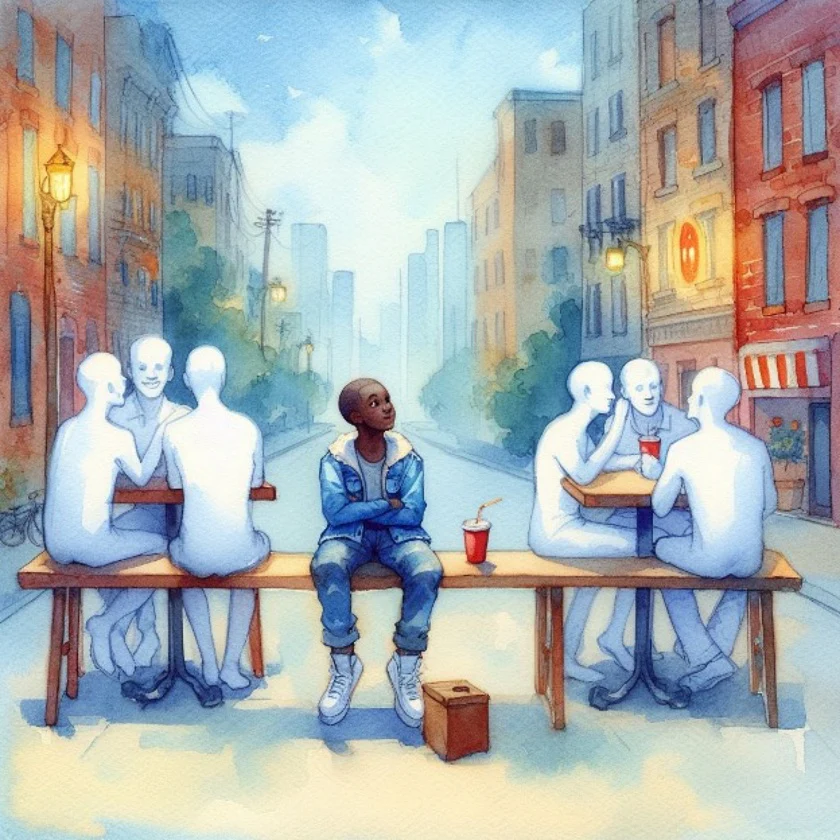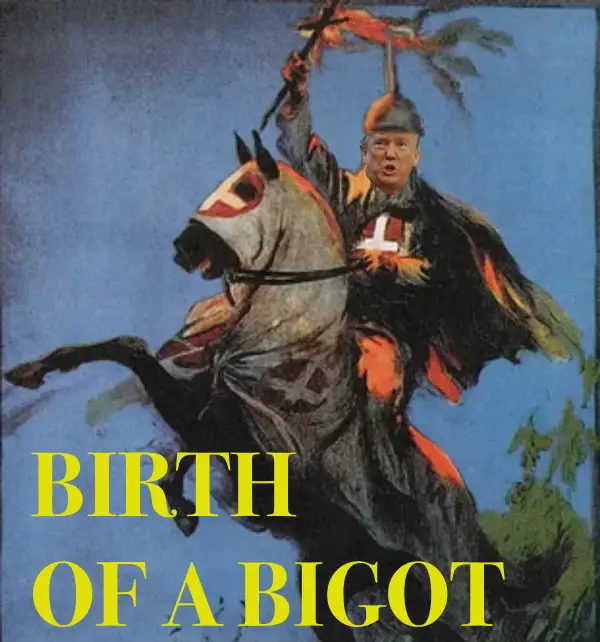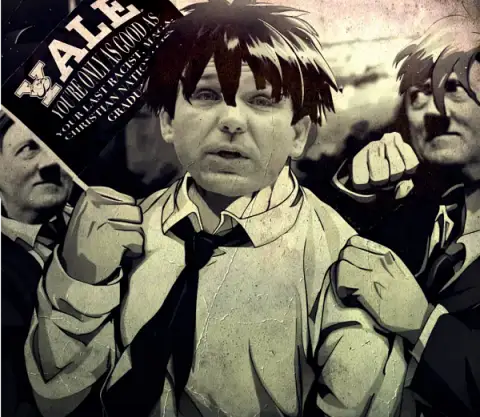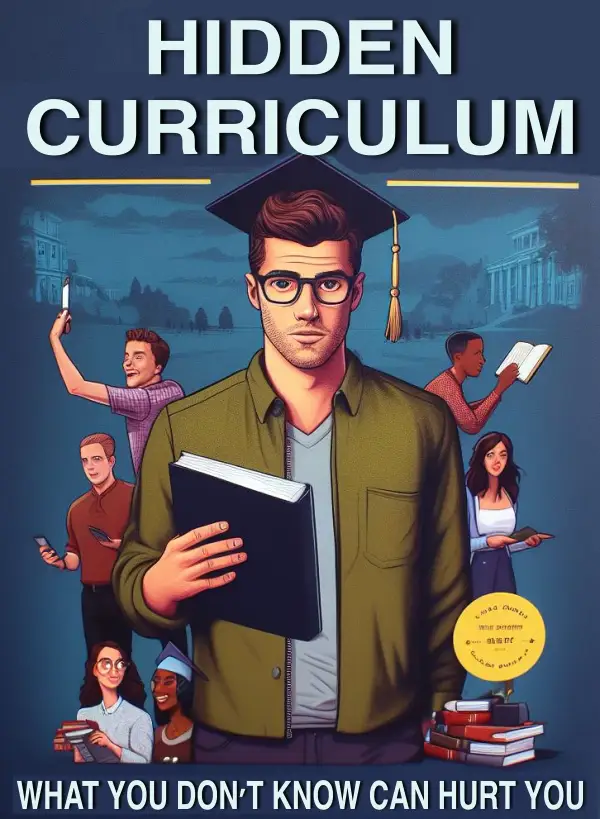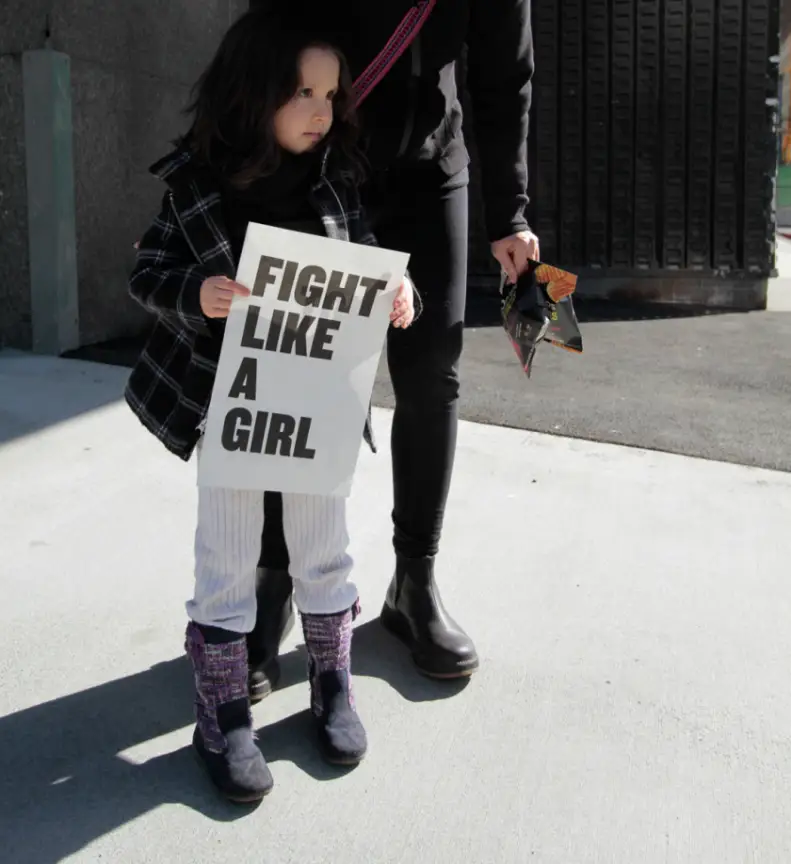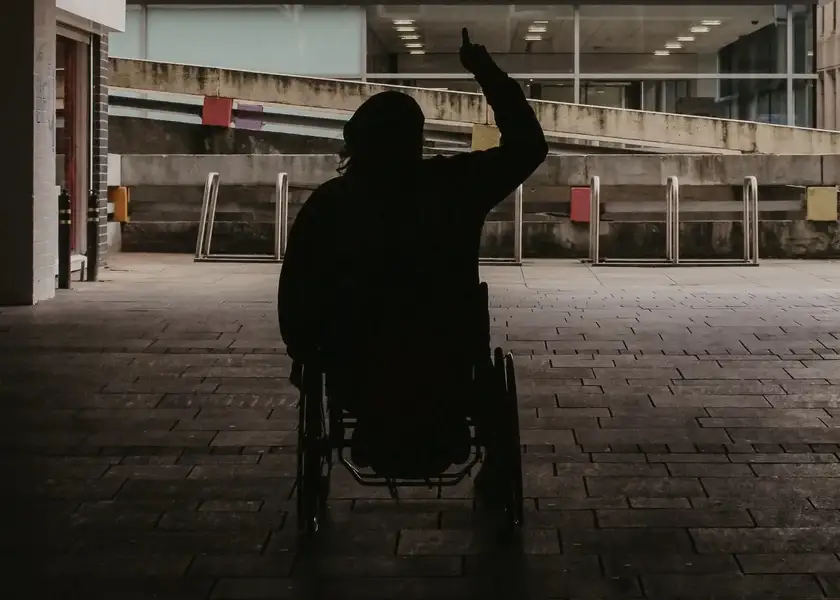Table of Contents
Have you ever wondered what are the implicit lessons that students learn in school, beyond the official curriculum? How do these lessons affect their academic achievement, social development, and future prospects? To answer these questions we must understand the concept of the hidden curriculum, its effects on education and society, and its implications for teachers, parents, and students.
Definition and Types of Hidden Curriculum
Hidden curriculum refers to the implicit lessons that are often a byproduct of education or as a hidden agenda. Hidden curriculum defines as implicit and tacit messages and standards that are not openly communicated, agreed upon, or expressed within the educational environment. In contrast to the byproduct of education, hidden curriculum can also be a form of hidden agenda. While a hidden agenda sounds ominous, the manifestation of values can be subtle, with teachers lacking awareness of their transmission. For instance, when teachers are faced with discussing religion as subject matter, often personal beliefs and biases can occur. If a teacher is a Christian, their worldview is shaped by this belief and discussions of morality and other religions may contain biases that the teacher believes true. Whether hidden curriculum is a byproduct or hidden agenda, the effect is the same, imparting ideas that are not part of the curriculum.
Some examples of the hidden curriculum in action are:
- Schools dominated by Christian students and teachers are likely to transmit patriarchal values that can limit students, such as treating boys differently than girls based on belief that girls are subservient to boys, men are spiritual leaders of women, etc.
- Similarly Christian communities may reinforce bias and prejudice against LGBT+ through diminished attention and ignoring bullying.
- Hidden curriculum is not limited to religion and can consist of other ideas such as providing more assistance to the students who are already perform well. Teachers may believe that these students put forth more effort and deserve more assistance when really underperforming students may be struggling.
- Other hidden curriculum might include stereotypes, gender biases, or even personal biases that leak into the lessons and teacher behaviors.
- Depending on the location of the school, the broader community political leanings can enter the curriculum through statements behaviors that favor one political party over another.
- There are many different hidden curriculums and ways for it to be taught both tacitly and implicitly.
Functionalist Perspective on Hidden Curriculum
According to the functionalist perspective, society is seen in terms of an entity trying to reach equilibrium and maintain order, with education serving a vital role in achieving these ends. Depending on the theorist in question, functionalism defines hidden curriculum’s manifestation. Weber, in the The Protestant Ethic and the Spirit of Capitalism, discusses how capitalism was founded on Protestant religion and as such these beliefs become embedded in institutions as values. The concept of earning becomes a value or virtue and can be transmitted through hidden curriculum.
Without doubt, religion in general, impacted the development of education, still seen today in controversies and schools formed under religious beliefs, e.g. Catholic private schools. With this example and Weber’s view in mind, consider Education’s radical shift in the last thirty years, focusing on increasing demands for certain career fields such as computer science. This shift represents education adapting to society or to economic demands, but the implicit curriculum clearly shows the value of technology work over liberal studies. While this value on occupation may be well-intended to meet society’s work demands, this curriculum teaches students that some careers are more intrinsically valuable than others, thus promulgating biases about work or helping to stratify society into social classes. Working class members of society achieve less in the education system for a variety of reasons and as a result of many factors outside their control, they can be forced into jobs deemed less valuable such as labor.
Conflict Perspective on Hidden Curriculum
According to the conflict perspective, society is seen in terms of a struggle for power and resources among different groups, with education serving as a tool for social reproduction and domination. The hidden curriculum reinforces social inequality and maintains ruling class ideology. Education encourages students to accept the status quo and the existing social arrangements, without questioning or challenging them. The hidden curriculum also creates and perpetuates social divisions and hierarchies, based on factors such as class, race, gender, and culture.
An example of this bias can be seen in how many people view education from the standpoint that parents should have an active role in the child’s education, which is defined by a middle class view which often allows for more time spent involved with schools. For the lower economic class this abundance of time often does not exist due to the need to work more hours. What teachers often perceive as a lack of attentiveness to a child’s education is often a demand of work for the parent. Within the conflict perspective resource control is reinforced by higher classes since teachers are more inclined to give support to middle class and above children seeing them as a better allocation of teaching capacity since their parents are involved. This allocation of education resource contains the hidden curriculum that some students are more deserving of help than others, thus reinforcing classism.
Another example of this bias can be seen in how the curriculum content and pedagogy are often shaped by the dominant culture and values of the society, which may marginalize or exclude the perspectives and experiences of minority or oppressed groups. For instance, the history curriculum may focus on the achievements and contributions of white, male, European, and American figures, while ignoring or downplaying the roles and struggles of women, people of color, indigenous peoples, and other marginalized groups. The language curriculum may favor the standard or official language of the country, while disregarding or stigmatizing the dialects or languages of ethnic or linguistic minorities. The hidden curriculum in this case teaches students that some cultures and identities are more valued and respected than others, thus reinforcing racism, sexism, and ethnocentrism.
Implications
Hidden curriculum is not something that can be easily eliminated or ignored, as it is embedded in the structure and culture of the educational system and society. However, it is possible to become more aware and critical of the hidden curriculum, and to challenge or change it when necessary –– by both students, parents, and teachers.
- Teachers should examine their views, prejudices, and assumptions, and how they might influence their teaching methods and interactions with students. They can also use a more inclusive and diverse curriculum that recognizes and values the diversity and commonality among students and their backgrounds. They can also inspire students to think critically and creatively, and to share their opinions and perspectives, without fear of criticism or punishment.
- Parents can be more engaged and supportive of their children’s education, and talk to the teachers and the school administration about their hopes and worries. They can also introduce their children to different sources of information and experiences that can expand their horizons and enrich their learning. They can also help their children develop a positive self-image and a sense of agency, and to follow their interests and passions, regardless of the social norms or pressures.
- Students can be more proactive and involved in their own learning, and look for opportunities and resources that can improve their knowledge and skills. They can also question and challenge the hidden curriculum, and express their opinions and perspectives, without fear of criticism or punishment. They can also respect and appreciate the diversity and complexity of the world and its people, and aim to make a positive difference in their own and others’ lives.
The hidden curriculum is not something that we should be afraid of or avoid, but rather something that we should be aware of and challenge when necessary. Challenging a teacher may be scary or frustrating but it is important to point out when your teacher or child's teacher instills personal values into the learning process or curriculum. By doing so, we can make the most of the educational opportunities that we have, and use them to improve ourselves and our society.
 Question? Comment? Rebuttal?
Question? Comment? Rebuttal?Copy the article's title or link to send with your response.


